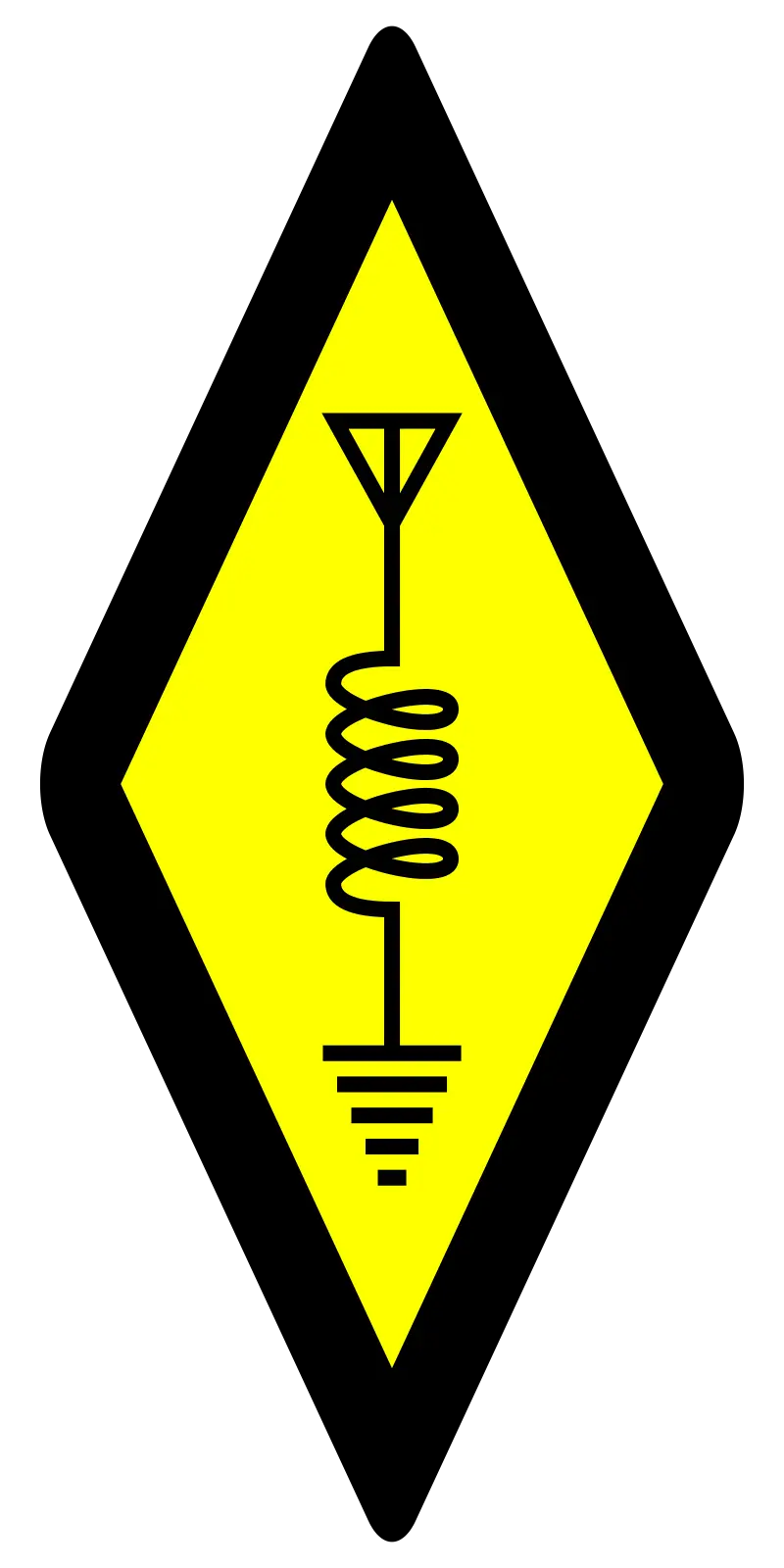

I also dug into a different Baofeng rabbit hole and I followed the UV-5G GMRS certifications. It’s currently being sold under FCC ID 2AN62-UV5G from a Delaware corporation called SAIN3, but it turns out they inherited the Part 95E certification from Po Fung as attested in that filing. Po Fung had previously gotten it certified as 2AJGM-P51UV, and they did indeed perform proper GMRS emissions testing on it.
Thanks for helping me understand that ham radios scanning receivers are really quite different in the FCC’s eyes. I don’t fully get it, but at least I no longer think Po Fung is doing anything especially underhanded.
So this comment is clearly the right answer, and I’ve had some questions and some ideas since then. Maybe an old ham can opine on this interpretation? I’m too young so this is very speculative, maybe a hot take, but I think it mostly fits.
Baofeng was a low-budget upstart in a field of established COTS transciever manufacturers, like Yaesu. The established manufacturers generally wanted people to buy their stuff, and hams tended to be serious people who wanted things to be right. That meant they had to build quality equipment, and test internally to good standards regardless of regulatory proof. Development was slow and measured, and good things cost a lot but are worth it.
The amateur radio bands also don’t generally need FCC enforcement of things like spectral mask violations, because if someone shows up with an obvious problem in their transmissions, the other licensed users will tell them they have a problem and everyone is self-identifying.
So Baofeng showed up and made things really cheap. They may have filed the initial test reports in the regulatory application just to show publicly to people who cared that their transceiver worked well enough to be trustworthy, even though it was cheap. The corporate handoffs I’ve noticed in the filings may be things changing hands after getting enough business momentum. People were attracted to the cheap, powerful radios that can do a lot, including old hams, new hams, and non-hams who just buy the stuff on Amazon. And so pirate simplex is now cheaper and easier than ever.
The FCC doesn’t necessarily see any problems without reports of interference, and if whatever Baofeng has become is still making decent transceivers, there are a lot of people who can easily run modern UV-5Rs in places they don’t belong, like GMRS. Why buy a dedicated GMRS radio like the UV-5G when the UV-5R is capable of everything and more, and it’s cheaper on top of that. It’s almost certainly possible to distinguish transmissions between UV-5R and UV-5G on the same frequency, but nobody is looking closely enough to care, especially if a transmitter has a valid GMRS license.
Does that sound about accurate, if kinda depressing?